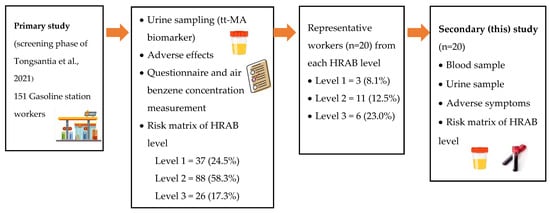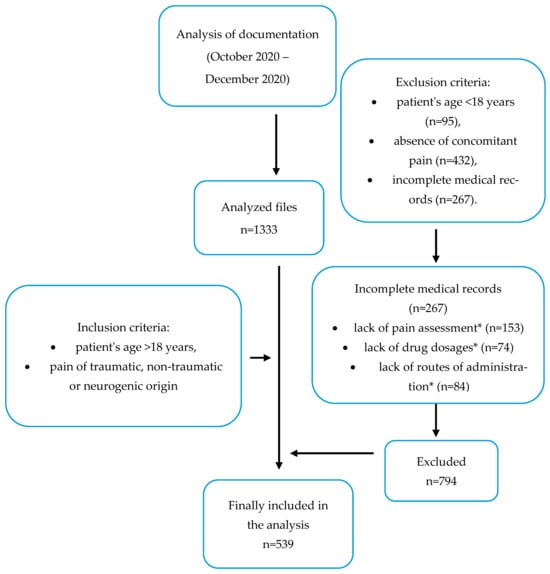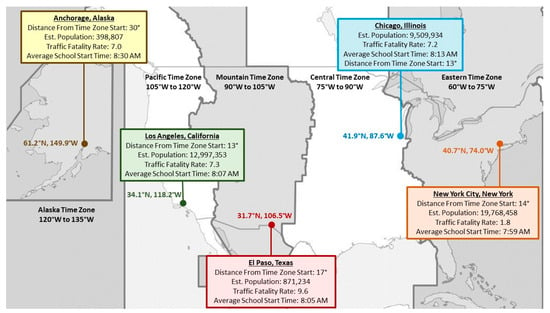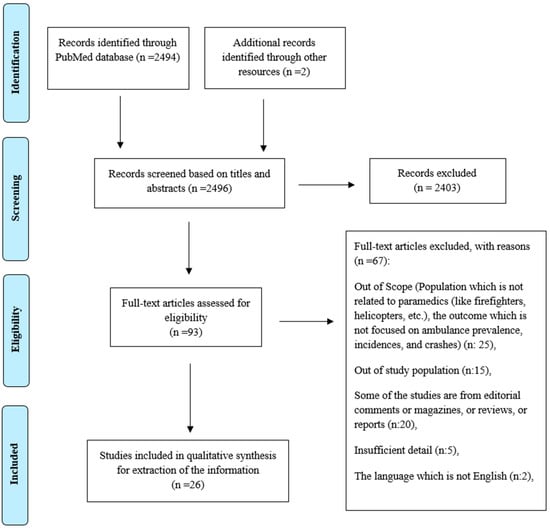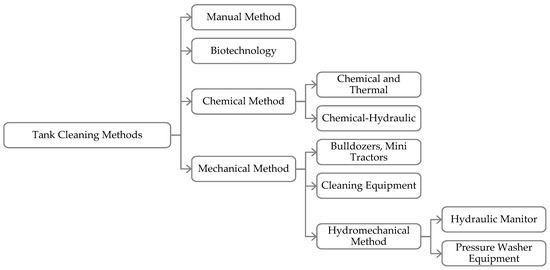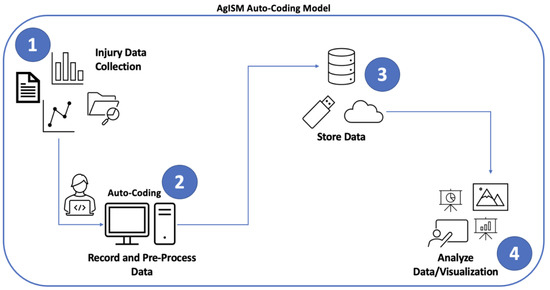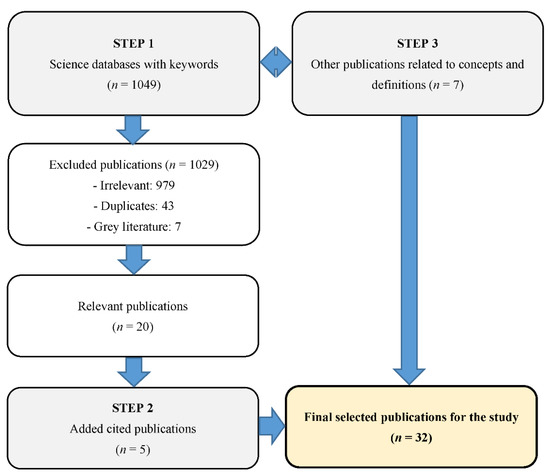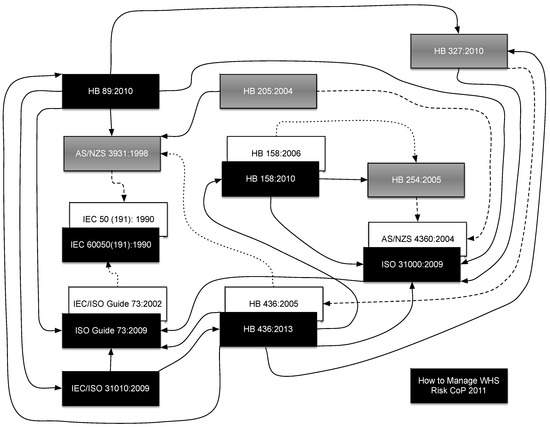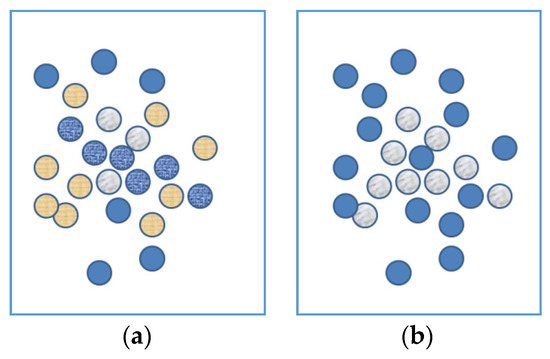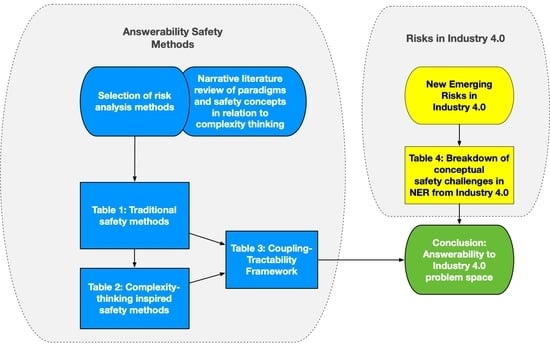Occupational Health and Safety in A Changing World: Realities, Challenges and Perspectives
A topical collection in Safety (ISSN 2313-576X).
Viewed by 118511Editor
Interests: occupational health and safety (OHS); OHS risk management; OHS performance measurement; decision-making tools; safety engineering
Special Issues, Collections and Topics in MDPI journals
Topical Collection Information
Dear Colleagues,
Competition has intensified in recent years in key industry sectors. The development of new technologies and emerging industrial practices bring about radical changes in organizations, comparable to those produced during the last industrial revolution.
Real-time communication, Big Data, human–machine cooperation, remote sensing, monitoring and process control, autonomous equipment, and interconnectivity are becoming major assets in modern industry. We are starting to see the implementation of new industrial concepts based on decentralizing of information and decision-making.
All of this is intended to meet human needs that never cease to diversify. As the fourth industrial revolution becomes the predominant reality, it appears inevitable that it will lead to a new series of paradigm shifts, which will have an impact on the management of occupational health and safety (OHS).
In this context, the biggest challenge for industry is to transform the difficulties of adapting to the new context into opportunities for the future development of OHS. Under these conditions, industrial companies must meet several challenges associated with new environments marked by complexity and uncertainty. Rigorous management of OHS remains indispensable for monitoring and controlling the various threats that loom over growing companies. Numerous companies thus seek to improve or devise integrated approaches to OHS management.
This Topical Collection will explore the new challenges of OHS for industry with a focus on OHS management, OHS risks management, OHS performance, decision-making tools and safety engineering. Researchers are invited to submit manuscripts regarding any aspect of OHS challenges for industry. Papers addressing the interfaces between new technologies, industrial organizations and workers are especially welcome.
Prof. Dr. Adel Badri
Collection Editor
Manuscript Submission Information
Manuscripts should be submitted online at www.mdpi.com by registering and logging in to this website. Once you are registered, click here to go to the submission form. Manuscripts can be submitted until the deadline. All submissions that pass pre-check are peer-reviewed. Accepted papers will be published continuously in the journal (as soon as accepted) and will be listed together on the collection website. Research articles, review articles as well as short communications are invited. For planned papers, a title and short abstract (about 100 words) can be sent to the Editorial Office for announcement on this website.
Submitted manuscripts should not have been published previously, nor be under consideration for publication elsewhere (except conference proceedings papers). All manuscripts are thoroughly refereed through a single-blind peer-review process. A guide for authors and other relevant information for submission of manuscripts is available on the Instructions for Authors page. Safety is an international peer-reviewed open access quarterly journal published by MDPI.
Please visit the Instructions for Authors page before submitting a manuscript. The Article Processing Charge (APC) for publication in this open access journal is 1800 CHF (Swiss Francs). Submitted papers should be well formatted and use good English. Authors may use MDPI's English editing service prior to publication or during author revisions.
Keywords
- Occupational health and safety (OHS)
- New Challenges
- New technologies
- Emerging industrial practices
- Industrial revolution
- OHS management
- OHS risks management
- OHS performance
- Decision-making tools
- Safety engineering





